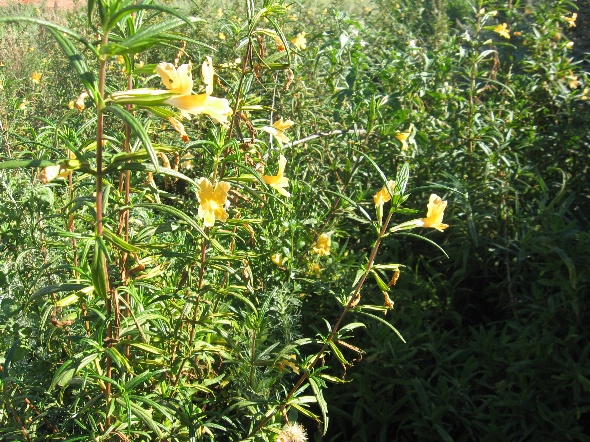Dana Point Headlands Conservation Area

Background
Development of the Headlands project site was carefully planned to enhance the public coastal access, provide a range of passive recreational opportunities, preserve the coastal bluffs and other significant landforms and conserve sensitive habitat. The public open space, parks and greenbelt linkages comprise approximately half of the development site.
The primary goals for the conservation parks were to:
- Create high quality public parks, recreation and open space areas that maximize coastal access, establish and preserve public views and conserve natural resources including the preservation and enhancement of environmentally sensitive habitat areas.
- Interconnect the public parks and open space by establishing an integrated public trail/access system that links to other trail alignments off site.
- Encourage public visitors to utilize the parks and open space by implementing a series of scenic overlooks, informational signage, public art, and public visitor recreational facilities that provide a variety of educational, historical, natural and conservation programs.
The four conservation parks that comprise the nearly 60 acres of the Headlands are Harbor Point Conservation Park, Dana Point Preserve, Hilltop Conservation Park, and South Strands Conservation Park. The Dana Point Preserve is owned and managed by the non-profit Center for Natural Lands Management (CNLM) who's main objective is to protect the imperiled Pacific Pocket Mouse, a Federally Endangered Species with numbers likely near about 500 left in the wild as of 2014.
Habitat

The Dana Point Headlands Conservation Area contains over 150 species of plants and animals that are native to coastal Southern California. Several rare and indigenous plant communities are found on the site, including; southern coastal bluff scrub, native grasslands, maritime succulent scrub, mixed chaparral, and coastal sage scrub. The unique setting and mix of habitats on the Headlands also provides a home for rare and threatened plants and animals. The Headlands are home to the Federally listed Pacific Pocket Mouse and Coastal California Gnatcatcher.
A public trail system(PDF, 4MB), approximately three miles in length, links all the conservation parks and public open space areas of the Headlands. The system includes pedestrian trails, coastal and beach access, scenic overlooks, and the Nature Interpretive Center.
No pets are allowed on any Dana Point Headlands Conservation Area trails.